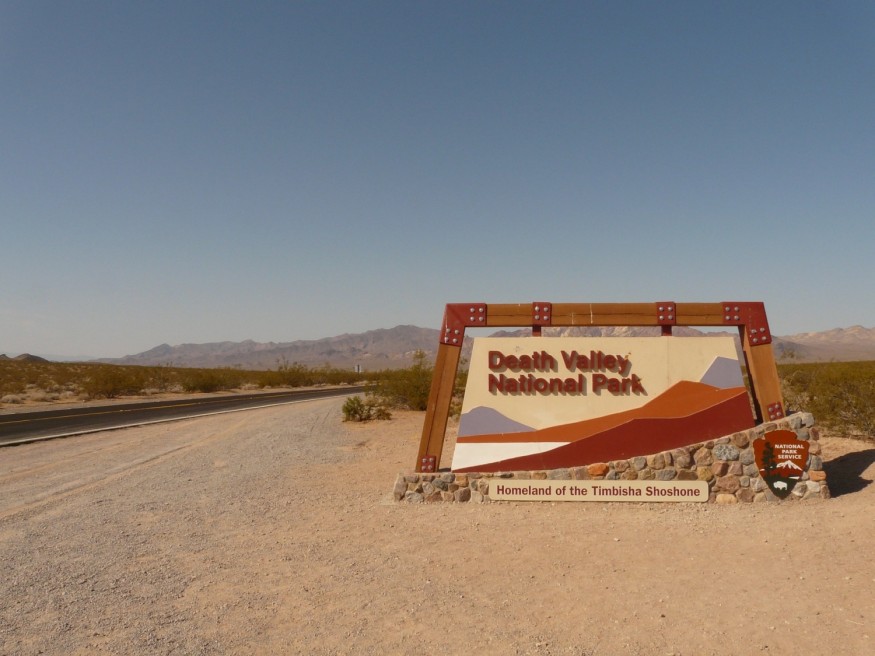An earthquake that struck Mexico triggered a desert tsunami in Death Valley National Park in the US.

Earthquake in Mexico, Tsunami in Death Valley US
The earthquake struck Mexico near the Colima-Michoacan border. After less than half an hour, the national park started shaking. The 7.6 magnitude earthquake was 1,500 miles away from the national park. Twenty-two minutes later, water in Devils Hole started sloshing 1,500 miles away. At around 11:35 a.m., the waves reached four feet high at around 11:35 a.m.
Devils Hole is a partially submerged limestone cave in the national park's Nevada section. It is several hundreds feet deep. According to park officials, the earthquake caused a seiche, which is a wave that swings around a still body of water. It removed algae growth by stirring up sediment and rocks from the cave's shallow area.
Kevin Wilson, National Park Service aquatic ecologist, said in the news release that the pupfish have survived several of these events in recent years. He said that they did not find any dead fish after the waves stopped.
Desert Tsunami in Devils Hole
According to Fox Weather, the "desert tsunami" feature was confined to the Devils Hole geothermal pool in Death Valley National Park. It is opposed to an ocean-based tsunami, which generates an unquantifiable amount of energy and massive waves. The water-filled cavern is vulnerable to seismic waves.
An NPS staff member wrote on Facebook, "NPS staff were onsite conducting research and witnessed the effects firsthand." The staff continued that within five minutes; the normally still water in the pool began to move slowly, then waves were formed several feet high.
Despite the fact that the epicenter was 1,300 miles away, the water sloshed for several minutes.
Major earthquakes in Japan, Indonesia, and Chile have caused similar sights, which are harmless except for the critically endangered pupfish species that live in the geothermal pool.
According to the NPS, the water temperature stays around 92 °F all year. The fish can forage and spawn on a shallow rock shelf near the surface at this temperature.
The NPS anticipates increased spawning activity in the coming days, potentially leading to a population boom.
Seiche vs. Tsunami
Tsunamis are linked to seiches. A seiche is the sloshing of water in a body of water, similar to water in a bathtub. The water rocks back and forth due to the push from a seismic wave or air pressure. Under the right conditions, resonance raises wave height in the same way that pumping one's legs raises a swing.
Most seiches are minor and do not pose a significant threat to people on land. However, many seiches require ships to wait or dock in a port until they are over and it is safe to depart.
ALSO READ: Climate Change Increases Tsunami Height and Risks: Research Tackles Future Monitoring and Modeling
Devils Hole Pupfish
The Devils Hole pupfish is a critically endangered species of the Cyprinodontidae family that can only be found in Devils Hole. It was described as a species for the first time in 1930 and is most closely related to C. nevadensis, as well as the Death Valley pupfish.
Pupfish's population counts have peaked at around 550 since 1972. The April 2013 count revealed only 35 wild pupfish; but by April 2022, the count revealed a total of 175 observed wild pupfish.
RELATED ARTICLE: Video of Tsunami-Like Clouds Devouring a Neighborhood Viral Today, What Is It? [WATCH]
Check out more news and information on Environment in Science Times.
© 2026 ScienceTimes.com All rights reserved. Do not reproduce without permission. The window to the world of Science Times.










